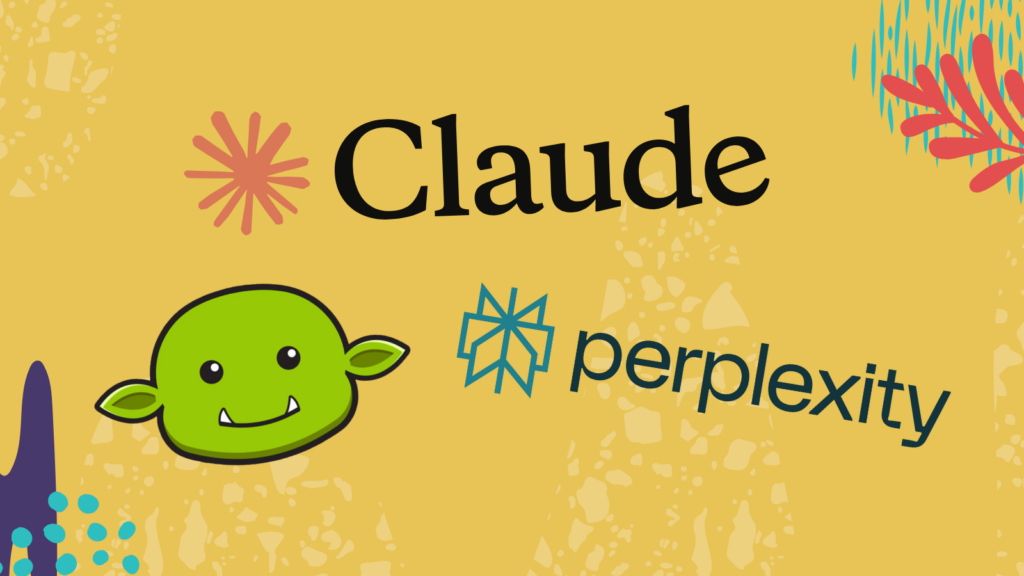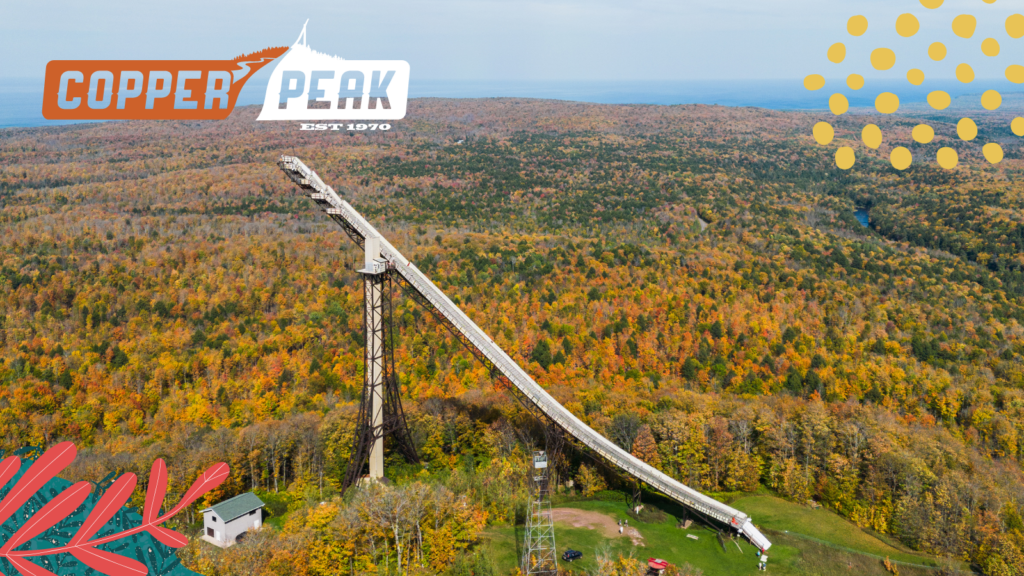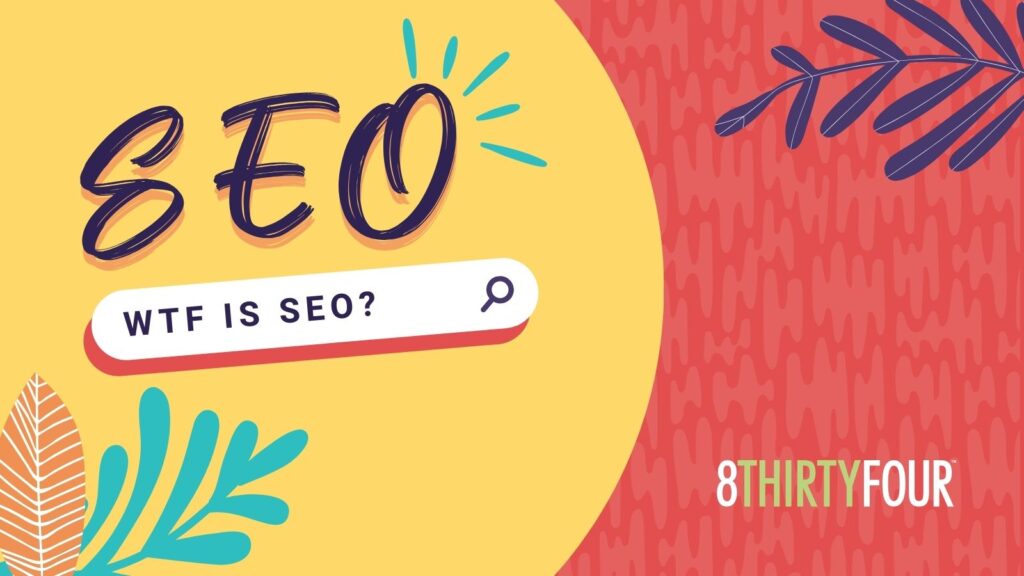 Can you help us with Search Engine Optimization (SEO)?
Can you help us with Search Engine Optimization (SEO)?
What about Google Algorithm Changes, what do we need to know?
How can our website get to the Top of Google?
Do you have these questions? How many times have you asked a web development company or a web marketing company? More importantly – how many different answers have you received?!
As marketers go digital, your company needs to be prepared. Things like SEO (search engine optimization), search engine marketing (SEM), digital marketing, web marketing, Pay Per Click (PPC), paid search and more all play a roll in how your business is found online.
We’re here to help you make a little more sense of it all. First, catch your breath from all the jargon and check this out. Optimizing your website is a process. The goal is to continue to make it better, for the search engines and your visitors and utlimately for your business results. There are several SEO basics, that have remained unchanged for the last several years.
Update: 7/29/15. Thank you to the team at Cinerrific and their new TerrificTurnaround system. This was set up, shot and handed to us all within an hour, in our office! Nice work!
#1 – each page of your website should have a purpose, or a keyword focus. This means that different products, services or even industries served should each have their own page. This is because the keywords and content are different for each product category, type of service and so on.
There are basic on-page SEO elements you should complete no matter what. These are:
- Page title. keep this 8-10 words, a sentence, not a bunch of keywords. This is the blue text that shows up in the google search results and at the top of your browser.
- URL extension. anything after the .com of your web address. The more you can keyword these when you create pages on your website, the better.
- H tags – this is your headline on the page. Your page should have on main Htag or H1. You can include sub-headingss to break out the text, h2, h3, too.
- Copy. Body copy, words on the page. Your page should have about 150 – 300 words on each page. Use some version of your keyword phrases 3-5 times for every 100 words. If it seems too wordy to you, then it will be for your reader. Always, think like a human and write your cothem too.
- Video Note: If you have a video on a page, great! Visitors love that. still, try to transcribe the video too, Search engines can’t watch a video, but they can “read” or index the content of the video transcription.
- Meta Description. In most content management systems this should be a fairly easy area to fill in the blank. Your meta description is a short description about that page. It should be about 156 characters and a call to action. This is your text “ad” that shows up in the search engine results.
- Alt Tags. Ever wonder how images show up in a Google Search? This is because of alt tags that you can use to describe an image on your website. You can include brand name, type of services or an overall description of the photo.
Check out the screen shots that identify these different on-page SEO elements and where they show up in search. If you have questions or would like to learn more about SEO, getting to the Top of Google or better ways to get organic traffic to your site, then let’s talk.









